
The Home Depot Overview
*Due to my non-disclosure agreement, I won't be able to share the specifics of my project.
However, I can talk about the process and the methodology I learned at The Home Depot.
It All Starts With a Problem
I first want to paint a scenario. Let's use Frank as an example.
- Frank wakes up one morning to find out that his shower has no hot water.
- He frantically goes to his basement to check on the water heater, and has no idea what's wrong with it.
- Frank then calls a local plumbing contractor who's sponsored by The Home Depot.
So, Frank waits.
He waits, and waits, having no insight on when the plumber will actuallly show up at his door.
Frank already feels that his time is not valued, and that's the problem we want to solve. We want to inform customers (like Frank) with knowledge.
Uber Meets HomeAdvisor
We wanted to empower the user by allowing them to track their service providers. The idea involved implementing a mobile application that utilized geo-location to display how far
the service provider was from the user.
We also implemented an idea to send a request from the app to the nearest service provider specializing in the area the user needed help with. Thus allowing the user to not only track the location of the service provider, but also keep track of the status of their requests.
The Home Depot Way
I was taught of the Discovery & Framing process in the very beginning of my internship. Due to the time constraint, our team wasn't able to invest fully upon this process, but we did take whatever we could adapt for our project, such as prioritizing the few problems we discovered and aligning them with our stakeholders.
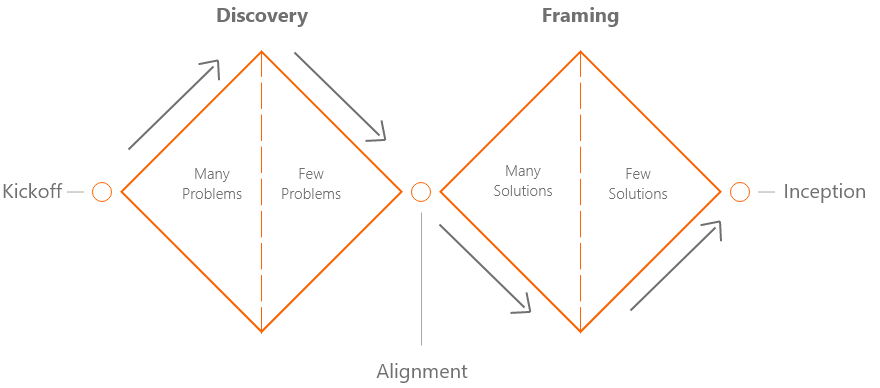
The Methodology
I began to interview potential users. I identified them by asking a qualifying question of "Have you recently hired anyone to get something fixed at your house?". I brought my engineers along and interviewed those people to ask them about their overall experience.
Some of the questions were:
- What was the main method of contact between you and the service provider?
- How was your overall experience?
- Were any of them late?
- Did they ever let you know?
"If you were given a magic wand to fix anything about your experience, what would you fix?"
After interviewing about 5 people, my team and I began to synthesize and prioritize our findings.
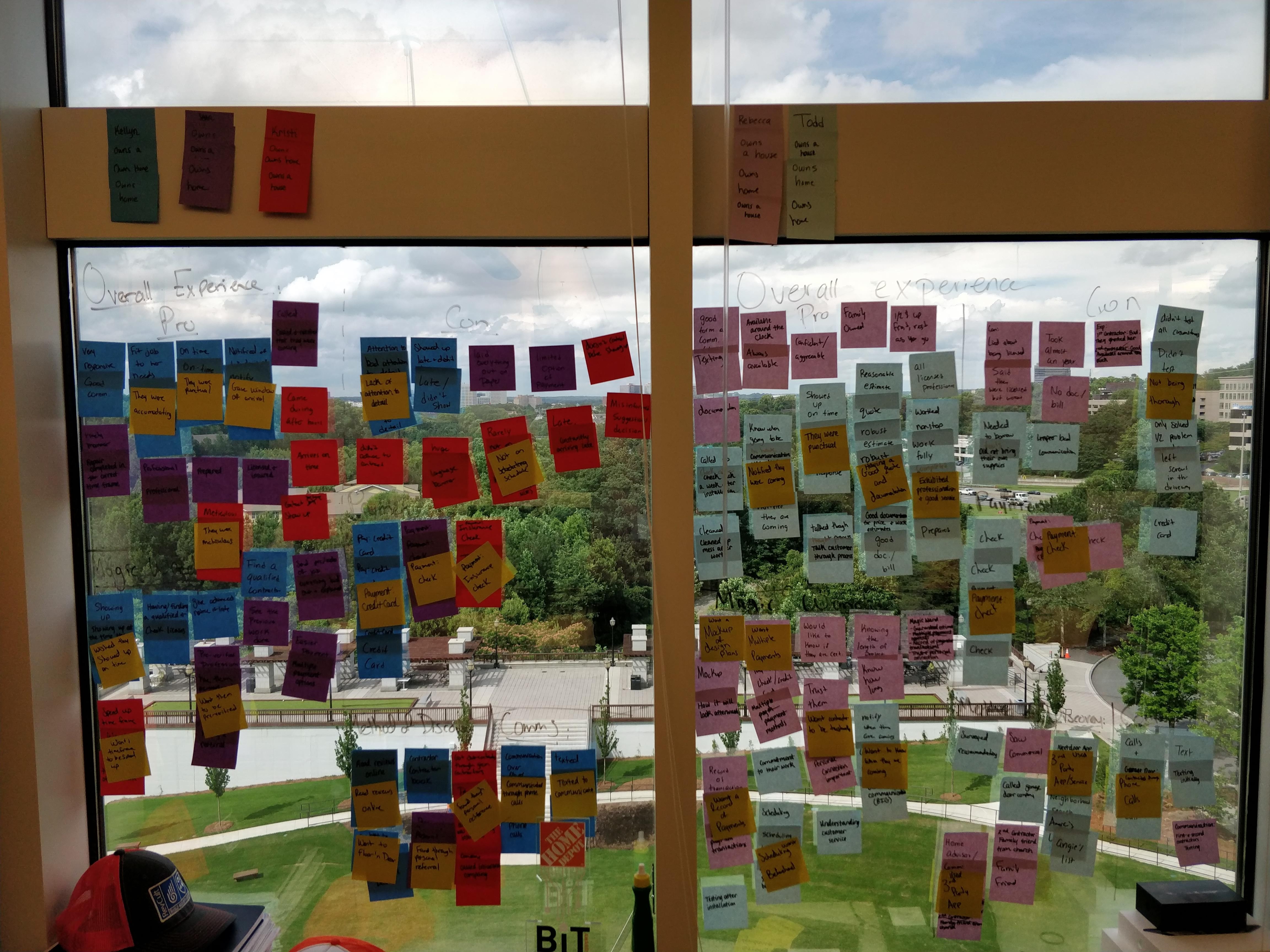
Just tons of stickies man.
Design & Iteration
I spent a good majority of my internship learning and utilizing Sketch. It was the main tool that I used to create my wireframes. Since our project was a mobile application, I had to refer (a lot) to the Material Design and Human Interface Guideline (Apple), as well as our own Home Depot's style sheet.
I then submitted my wires to be crtiqued by other UXers in our weekly Design Crits.
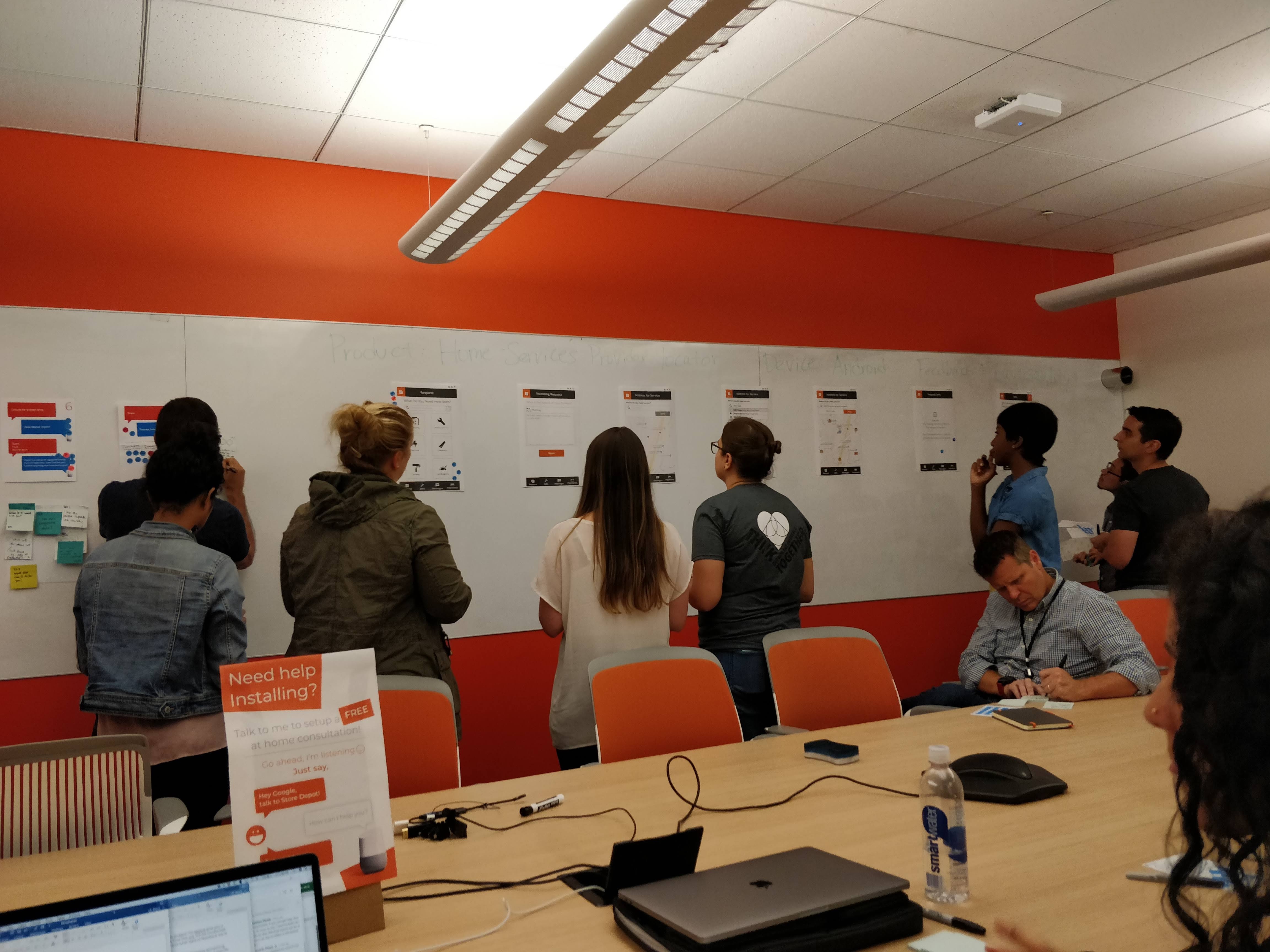
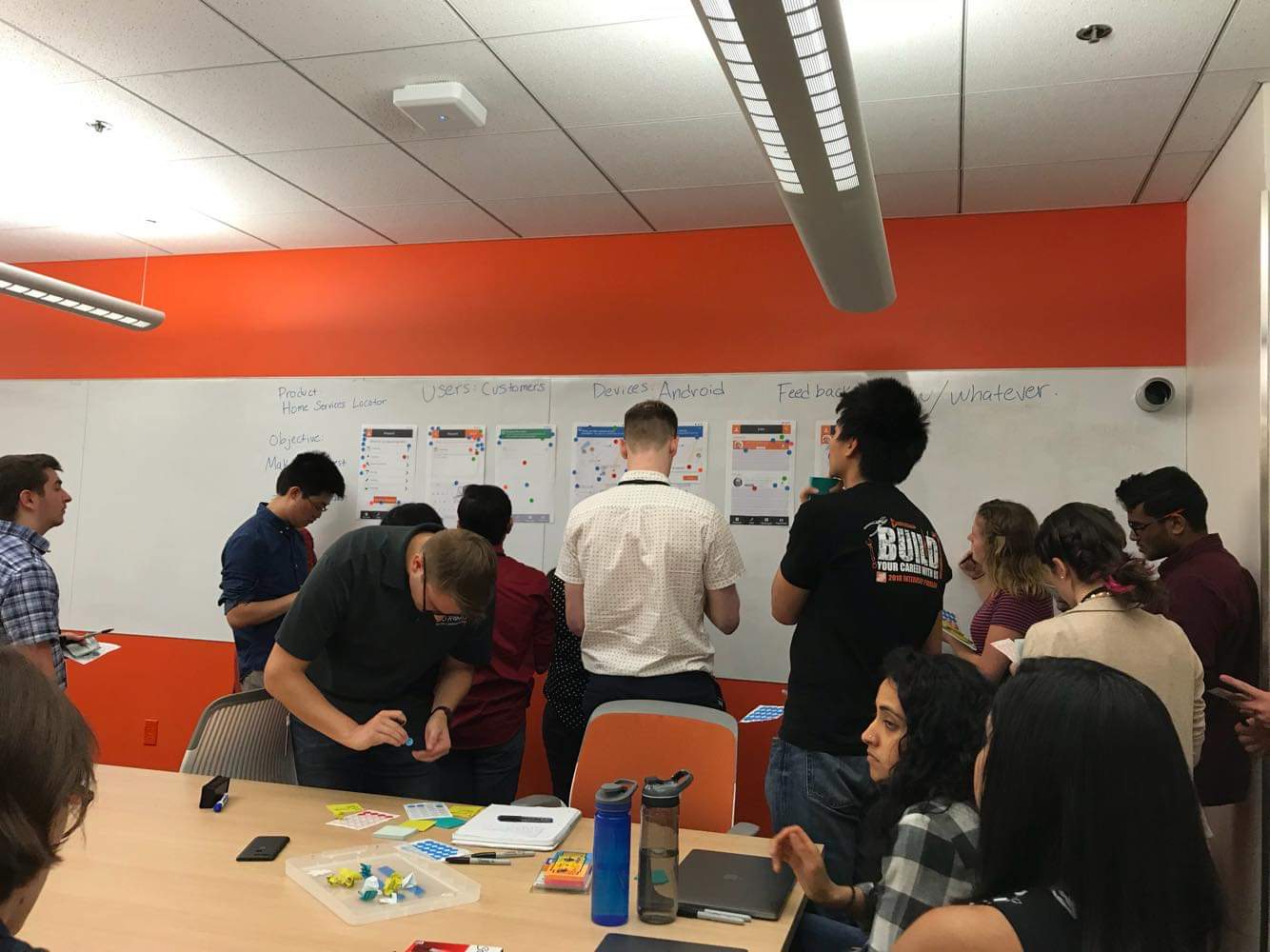
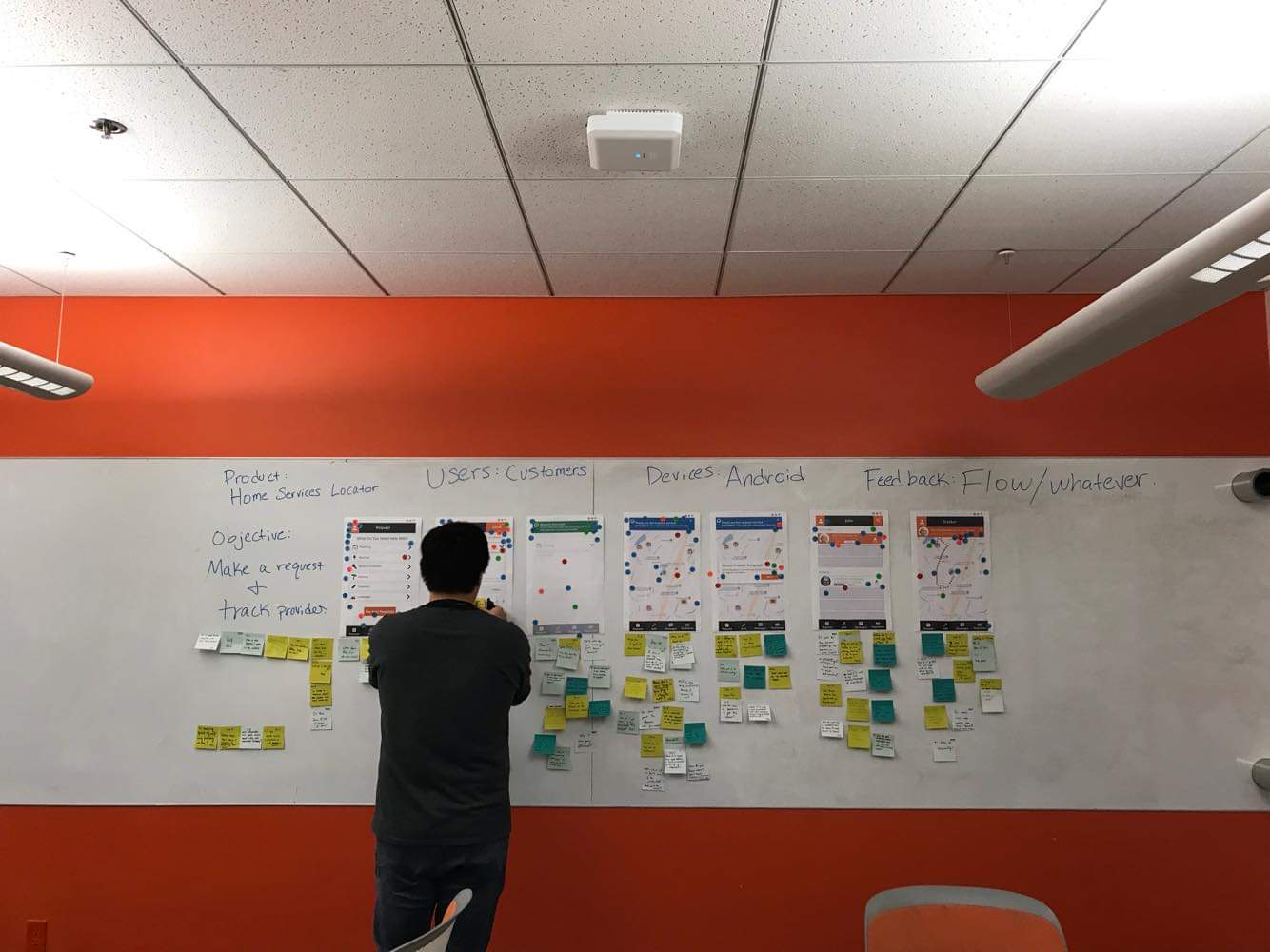
These design crits really helped me to see the things that I missed. I believe that it's crucial for a UX designers to get their designs critiqued because it ultimately makes them a better designer. You have to keep yourself from getting attached to your ideas, and learn to iterate and improve, because at the end, you're an advocate for your users, and your users deserve the best.
In Closing
This was my first true UX Designer experience. It helped me to understand and confirm that this is a passion I wanted to pursue for the rest of my life. There were a lot of growing pains, I made numerous mistakes, and probably used an obscene amount of stickies, but it was all worth it. I really have to thank the EUX team at Home Depot in giving me a chance to experience this, and my product team for making it all fun.
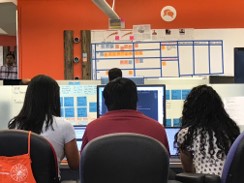
Thanks for reading.
If you have any questions, feel free to reach out!